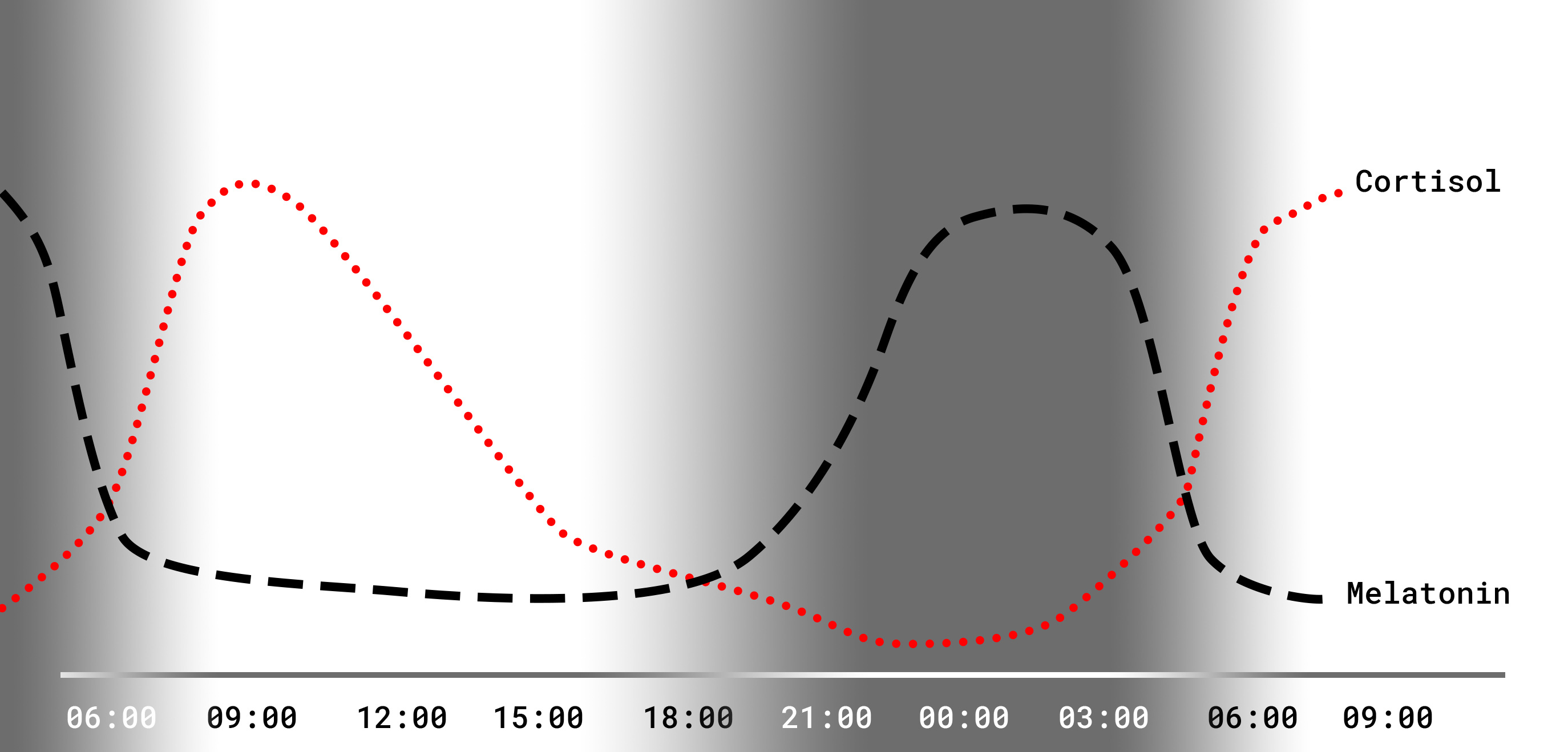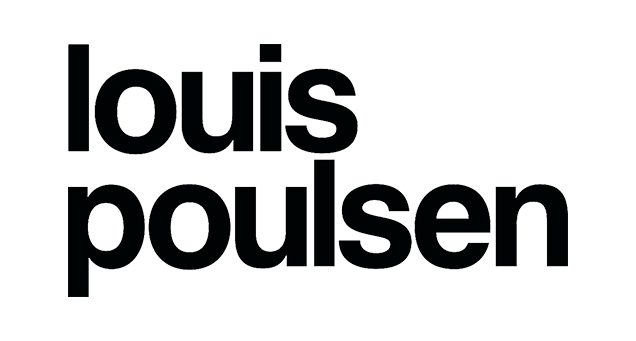The Circadian Lights
The Circadian Lights is a completely automated system developed in-house to aid in human well-being in extreme environments. There are two challenges we wanted to solve with the Circadian Light Panels:
stimuli
circadian rhythm
"The synthetic sky inside the habitat was the main contributor to our well-being during the expedition. It gave us an intuitive feel of time passing when the sunlight outside was alien and monotone. Waking up to a sunrise inside our sleeping pods was an incredible natural feeling"
- Sebastian Aristotelis
Sleep disruptions and out-of-sync circadian rhythms make astronauts lethargic and unproductive. The Circadian Light panels on the ceiling simulate varying weather and daylight conditions.
Stimuli
A solution to sensory monotony: In space, every day is the same; the food, the smell, the temperature. Your senses become numb, your cognitive abilities deteriorate. You quickly start to lose your sense of time. The Circadian light panels combat this by adding variation, by emulating the daily cycle of natural sunlight.
We simulated all the phases of a natural light environment: dawn, sunrise, daylight, sunset and dusk. To combat monotony even further we also programmed variation between the days, so some days would be rich and saturated with sunrise and others would be dull and grey. Likewise some days the daylight would be overcast and low intensity while others would simulate a clear sky with high intensity and warm light.
Circadian Rhythm
A healthy Circadian Rhythm is one of the most impactful ways to maintain good well-being - both on Earth and in Space. On the Moon this is challenged as the sunlight environment is very different. If you are at the equator of the Moon you’ll experience 14 days of sunlight followed by 14 days of darkness, at the Peak of Eternal Light at the south pole of the Moon there’s almost always sunlight. The crew of LUNARK experienced similarly difficult light conditions by being close to the North Pole. Simulating a healthy circadian rhythm stimulates natural sleep and wake hormone production in the body. Lowering the intensity of blue light towards the evening promotes production of the sleep hormone melatonin production, and likewise waking up to increasing blue light suppresses melatonin and promotes cortisol.

"During development of the LUNARK habitat, we knew that sleep was going to be an immense challenge based on previous studies from the space station and other expeditions in ICE (Isolated, Confined, and Extreme) environments. As with most of our designs, we often find the solution in mimicking nature and the natural environment for humans. By bringing a natural lighting environment inside the habitat we take advantage of powerful functions already present in the body"
- Sebastian Aristotelis
Partners
We teamed up with some of the strongest partners in the industry.
Future development
We're continuing the development of the Circadian Light System. Based on the positive results from the expedition in Greenland, we're looking into other environmental, seasonal, and weather effects to simulate. Ideally, we could emulate the sensations of rain, snow, or other weather-events inside the habitat.










